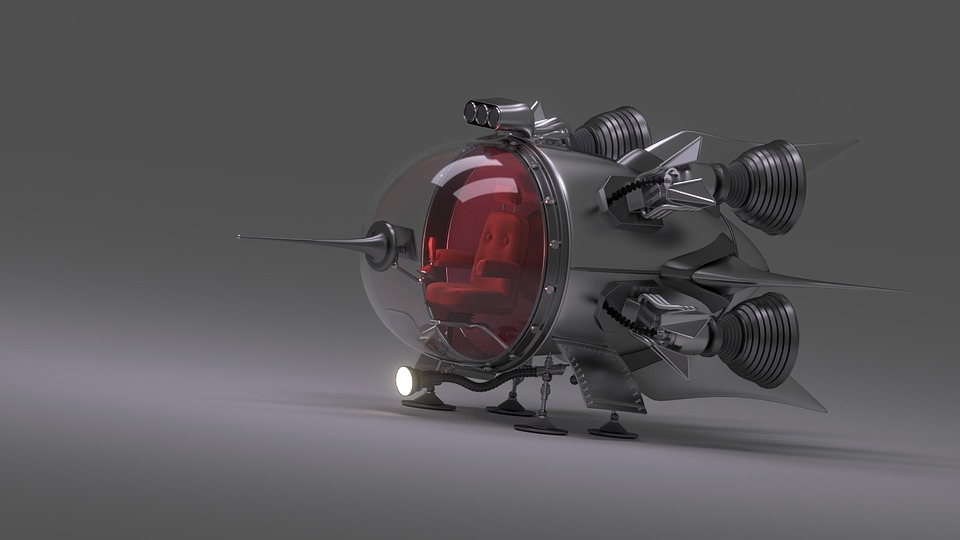electricity from waste heat
Electricity from waste heat or Energy from waste heat
Is it possible to make energy from the waste or electricity from waste heat? heat from many waste heat producing equipment?
and the answer is yes now it is possible. as you know we produce electricity from heat, the heat from Burning the fuels and vaporize the water and create the pressure from that vapor and by that pressure a turbine is rotated which is connected to the generator shaft and it produces electricity. but this new method of generating electricity from Waste heat is more efficient than the traditional method of producing electricity from heat. this new method can be a revolutionary invention which takes us one step ahead to the healthy environment. as we know many types of equipment produce heat as a byproduct means waste product if we apply this new technology and consume the waste heat of those gadgets then we consume the energy of the heat efficiently. high heat producing equipment or product Ex. a car engine, computers, etc. as we know wast heat is a problem which affects also our environment and Electricity from waste heat is as a boon for the world.
this technology will also help us as a problem solver of lack of energy, the high cost of energy and global warming.
Researchers from the Sandia National Laboratories have discovered the silicon-based device that can harness waste heat and convert it into electrical energy electricity.
So how to work this technology (Electricity from waste heat)?
How to work “electricity from Waste heat “converter device?
Paul David is a physicist and principal investigator for the study. who is the creator of this device. tells about this device. we are making a compact infrared power supply which can be replaced the radioisotope thermoelectric generators known as RTGs, this electricity from Waste heat converter device is made of commonly known elements and compounds such as silicon, Silicon dioxide, and Aluminium. these materials are combined in very uncommon ways Silicon device trapped and convert heat into electricity. size of this device which is under progressing about 1/8 inch by 1/8 inch. it is metallically Shiny. formation or structure of heat to Electricity converter device is the top of is aluminum which is etched with stripes. whose weight is about 20 times smaller or thinner from the human hair. so it is a very very small object or device which is can't be seen from the naked eye. in the mid position, Silicon dioxide layer is arranged. whose thickness is about 20 Silicon atoms, in another term 16000 Times thinner than the human hair. the bottom layer is made of silicon. so the Silicon dioxide layer provides an antenna to catch the infrared radiation. when the silicon dioxide layer dropped the infrared radiation so it produces very fast electrical oscillation. about 50 trillion times a second. this pushes electron back and forth between the aluminum and silicon layer in an asymmetric Manner. it is known as a process of rectification and net DC electric current is generated. so is it is seen then it is a device which no moving part or mechanical parts is available. researchers team calls it infrared rectenna.
Views of experts for infrared rectenna ( electricity from Waste heat converter device).
Joshua Shank, who tested the device and modeled the underlying physics while he was a Sadia postdoctoral fellow. he said “ we have deliberating focused on common materials and processes that are scalable. in theory, any commercial Integrated circuit fabrication facility could make these rectennas.” he is not saying manufacturing of the device is easy. and another export Rob Jarecki. the fabrication engineer who led process development
he said “ there's immense complexity Under the Hood and the device require all kind of processing tricks to build them.” and one more comment from Jarecki said “ typically you don't dope Silicon to death, you don't try to turn it into metal, because you have metals for that in this case we need it it dopped as much as possible without wrecking the materials.
Future improvements in infrared rectenna ( electricity from Waste heat converter)
The tested device produces 8 nanowatts of power per square centimeter. form a specialized heat lamp of 840 degrees. to run a solar powered calculator sheet of infrared rectenna slightly larger than a standard piece of paper. is a solar powered calculator needs 5 microwatts power. researchers team will implement new thoughts to make it more efficient. an idea of making rectenna in a more efficient is to make rectennas top design or pattern 2D x’s instead of 1D stripes. Which will absorb all polarizations of infrared light and redesigning the rectifying layer to be a full wave rectifier instead of the half wave rectifier.
according to David within 5 years this technology ( heat to Electricity converter) will replace the RTGs.
Shank said, "We need to continue to improve in order to be comparable to RTGs, but the rectennas will be useful for any application where you need something to work reliably for a long time and where you can't go in and just change the battery. However, we're not going to be an alternative for solar panels as a source of grid-scale power, at least not in the near term."
Davids added, "We've been whittling away at the problem and now we're beginning to get to the point where we're seeing relatively large gains in power conversion, and I think that there's a path forward as an alternative to thermoelectrics. It feels good to get to this point. It would be great if we could scale it up and change the world."
I think Electricity from waste heat is a very helpful and revolutionary.
What's your view about this technology? if you agree from this then give your view in the comment box and what can be the solution for production of the commercial level at the lower cost.
please comment.
Electricity from waste heat what you think about it.


















